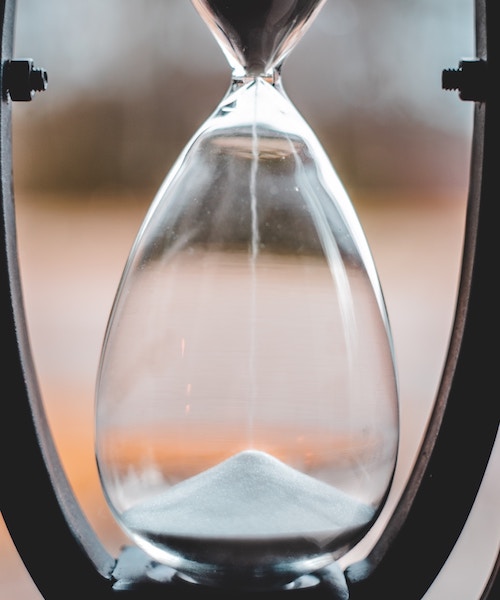Photo by Jack Sharp on Unsplash
unpolished thoughts 12/27/2018
I don’t know what I’m about to say.
This is an important moment. It could make or break everything!
What are my options?
I could say whatever first comes to mind.
I could not say whatever first comes to mind, but instead go over it again and again until I think it’s perfect, then say it (and hope that it really is perfect and I didn’t miss anything!).
I could wait, not feeling that I should say something or that I shouldn’t, and simply see what happens.
There are more options than these three, but they are the ones that feel most familiar to me.
My sense these days is that the last option is the one that serves me best, but each situation is slightly different and there can be a bit more nuance involved. If you imagine the three options on a gradient scale, with speaking on one end, not speaking on the other, and waiting in the middle, I could imagine that healthy responses to different situations would be found at different points.
However, the first requirement is to be aware of this brief moment just before you speak or do something, the moment between thought and action. Without noticing this moment, no choice is possible.
When I teach Awareness Through Movement, I have the opportunity to bring my students’ attention to this moment again and again. The repetition is useful because many will miss it the first time.
Imagine you are attending a movement class and the teacher says, “Now, please lift your arm up overhead.” What do you do?
You might say, “I lift my arm up overhead! What else would I do?!”
OK, let’s agree that you came to class in order to get the benefits of movement practice and you trust your teacher. Therefore following her instructions is generally a good idea.
But this doesn’t full answer the question. So, I’ll ask it another way.
When you hear your teacher ask you to lift your arm overhead, how much time elapses between her words and your action?
Do you notice the moment in between?
Often, when I am teaching, my students begin to move before I have even completed giving an instruction. This is especially common if I ask them to do a movement to one side that they have already performed in the other direction,
Sometimes, to highlight this, I might follow the instruction to “lift your right arm overhead” with something less expected, such as, “lift your left arm out to the side.”
Many students will start by lifting their left arms overhead before they register that something changed.
When this happens, the disconnect becomes apparent. Anticipation and prediction has overridden attentive listening. Thought and action are no longer in alignment.
Here is a different approach:
When I hear my movement teacher’s instructions, I don’t move immediately, but simply observe the image that forms in my mind in response to her words. Then I feel the muscular configuration that this image suggests in my body. Then I follow the guidance of this sensation to begin my movement.
I continue to monitor the image as I move with an awareness that would allow me to stop and reverse myself if something I’m doing begins to feel like it is causing harm.
When I am teaching Awareness Through Movement, this is the kind of approach that I am inviting my students to discover. It is, you might say, the whole point of the class.
Perhaps it doesn’t seem so practical, however, in a faster-paced athletic situation. But in fact, the same principle can still be applied.
Josh Waitzkin, the boy chess wonder who was the subject of the film Searching for Bobby Fischer and later became world champion tai chi martial artist, describes his experience in his book, The Art of Learning.
In a chapter called “Slowing Down Time”, he explains he practiced unifying thought and action to the point where he felt that he could see his opponents movements in slow motion during competition. The refinement of his attention made it possible for him to sense in a split second that he could make a decision about how to respond rather than reacting instinctively and defensively.
You don’t have to be a martial arts champion to become aware that every action you carry out contains the element of thought. Likewise, each thought unfolds through your current emotional state and in response to what you sense and feel inside of yourself and in your surrounding environment.
Beginning to experiment with the line between your imagination and the very first instant that you actually begin to move your limbs (as we so often do intentionally in Awareness Through Movement) can become a training ground for a different way of being in the world.
So, if your child has just hurt himself, if your companion is angry at you, if you are late to work, if the breaking news is shocking – or even if the sun is shining and a warm breeze gently caresses your skin – what will you do?
Will you do the first thing that comes instinctively?
Will you prevent yourself from doing anything if it isn’t perfect?
Perhaps you could find another option. What if you just wait a brief moment in order to listen to what is unfolding inside you and all around you? Maybe in that place you will feel what action serves you best.
